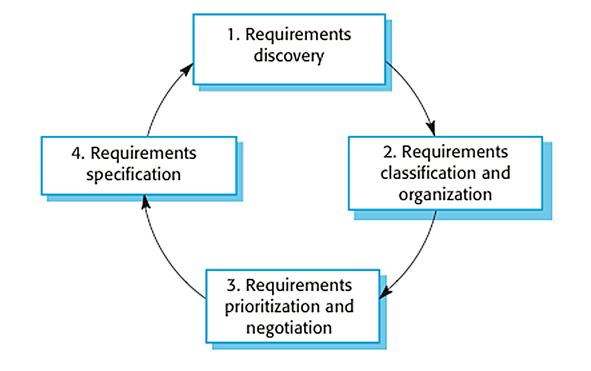In the dynamic landscape of technology-driven companies, the role of a business analyst has become increasingly indispensable. This article explores the crucial roles and responsibilities of business analysts in a technology-driven company, highlighting their invaluable contributions to business success. From requirements gathering to solution assessment and stakeholder management, business analysts play a vital role in bridging the gap between business objectives and technological solutions.
Requirements Gathering and Analysis

One of the primary responsibilities of a business analyst is to elicit, document, and analyze business requirements. They work closely with stakeholders to identify and understand business needs, goals, and challenges. Through interviews, workshops, and research, business analysts gather comprehensive insights to define project scope and develop a clear understanding of stakeholders’ expectations. By effectively translating business requirements into technical specifications, they lay the foundation for successful solution implementation.
Defining Functional and Non-functional Requirements

Building upon the gathered information, business analysts translate business requirements into functional and non-functional requirements. They create detailed documentation that outlines the specific features, functionalities, and performance criteria for technology solutions. By ensuring a clear understanding of project requirements. Business analysts enable development teams to build or implement the right solutions that align with business goals.
Business Process Analysis and Improvement

Business analysts dive deep into existing business processes, identifying inefficiencies, bottlenecks, and areas for improvement. They collaborate with stakeholders to analyze workflows, streamline processes, and propose innovative solutions. By leveraging their business acumen and technological expertise, they optimize operations, increase productivity, and drive efficiency across the organization.
Business Analyst Facilitating Communication and Collaboration

Effective communication is a core responsibility of business analysts. They act as a liaison between business stakeholders, development teams, and other project stakeholders. Business analysts facilitate smooth communication, ensuring that everyone understands project goals, requirements, and progress. They bridge the gap between technical and non-technical stakeholders, translating complex technical jargon into user-friendly language, and facilitating collaboration and alignment.
Business Analyst Solution Assessment and Validation

Throughout the development lifecycle, business analysts assess and validate solutions to ensure they align with business objectives and requirements. They conduct thorough testing, user acceptance reviews, and quality assurance to verify that the implemented solution meets stakeholders’ expectations. Business analysts also gather feedback, address any issues or concerns, and drive continuous improvement.
Business Analyst Stakeholder Management
Successful business analysts excel in stakeholder management. They actively engage with stakeholders, build relationships, and gain their trust. Business analysts conduct stakeholder analysis, identify their needs and priorities, and tailor communication strategies accordingly. They act as advocates for stakeholders. Ensuring that their voices are heard and their requirements are addressed throughout the project lifecycle.
Conclusion
In a technology-driven company, business analysts play a crucial role in aligning technology with business objectives. From gathering and analyzing requirements to improving business processes, facilitating communication, validating solutions, and managing stakeholders, business analysts act as key enablers of success.
Their multifaceted expertise in business acumen, e-commerce, technology, and communication make them invaluable assets to organizations navigating the complexities of the digital era. By embracing the roles and responsibilities of a business analyst. Technology-driven companies can leverage their skills to drive innovation, improve operational efficiency, and achieve sustainable growth.













